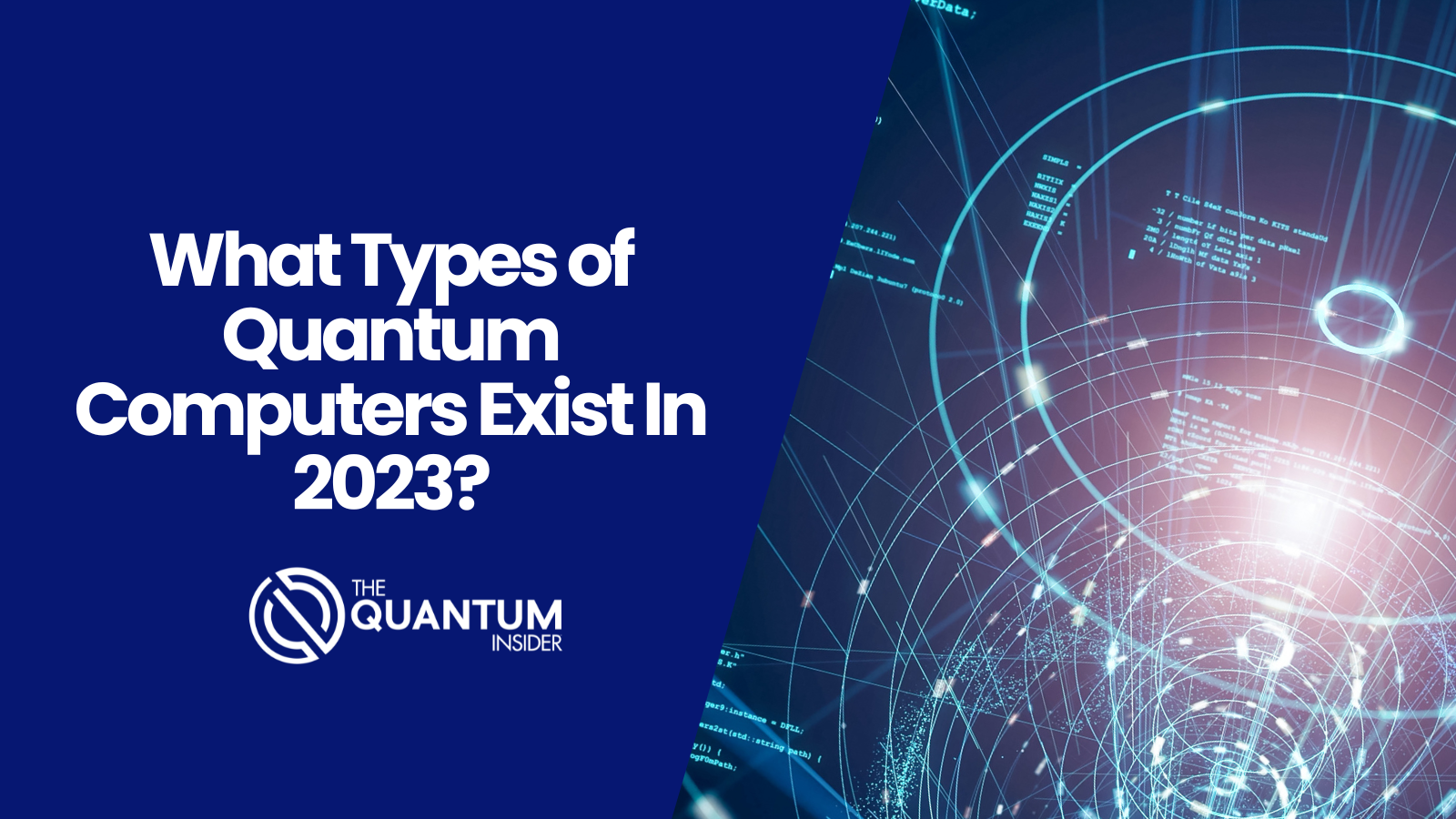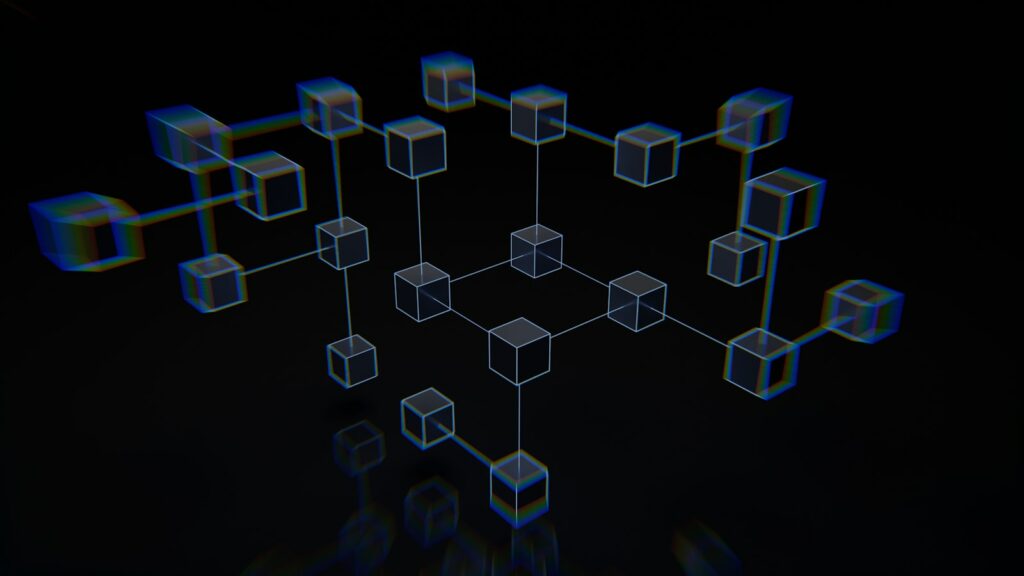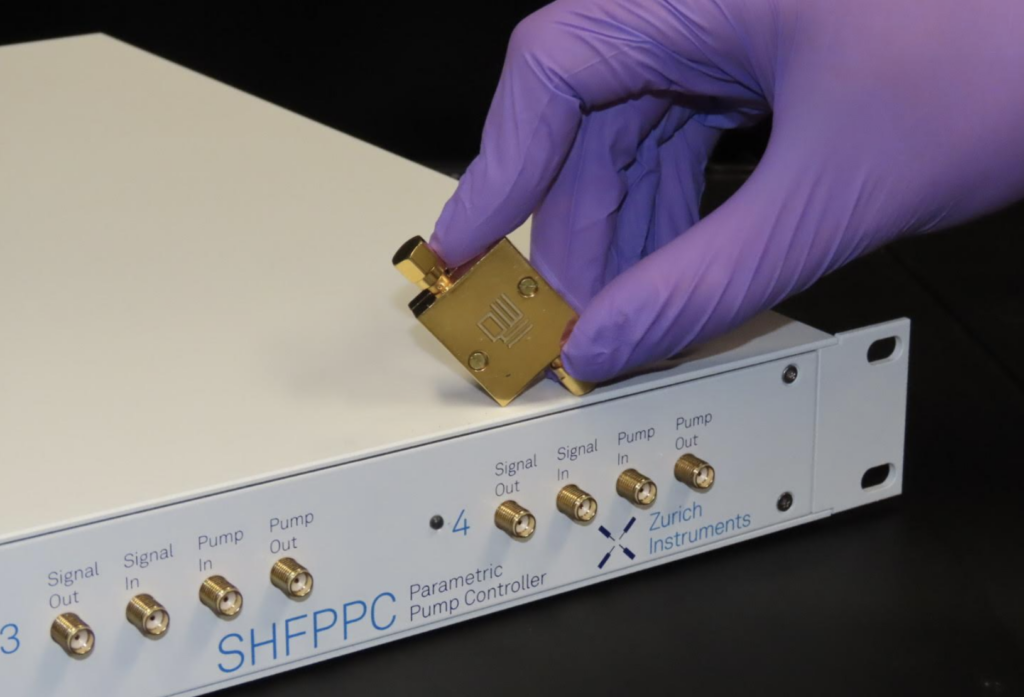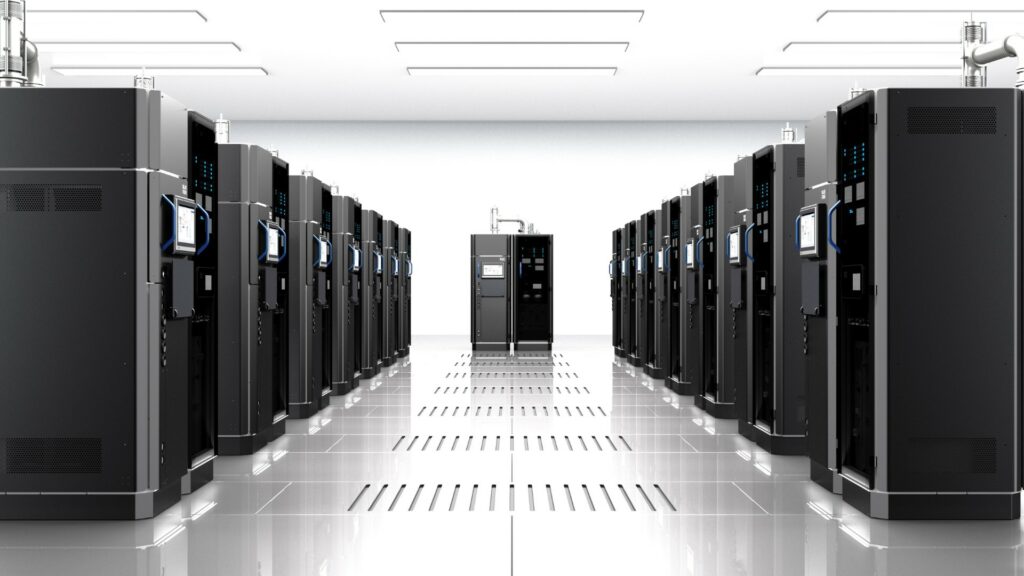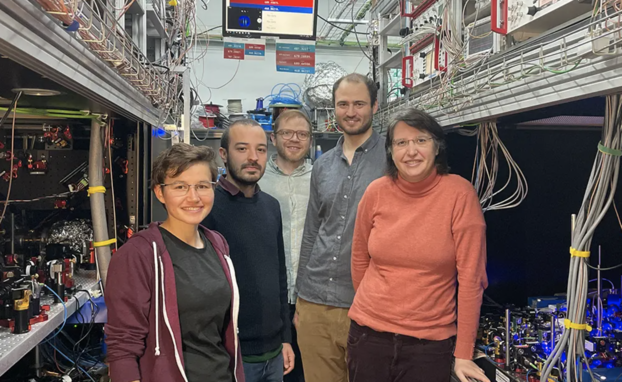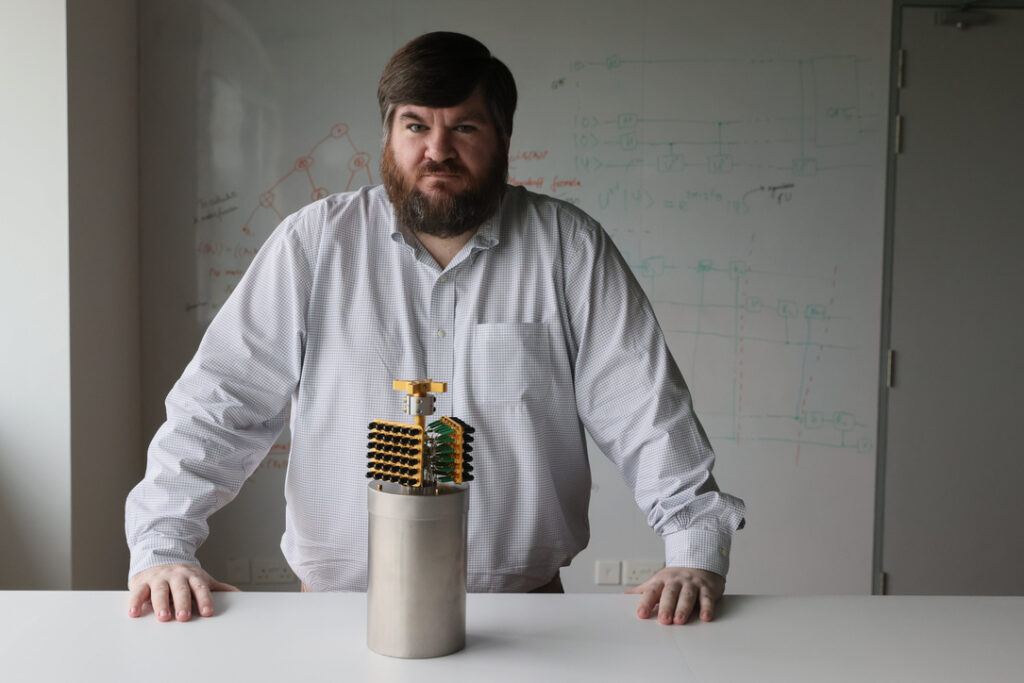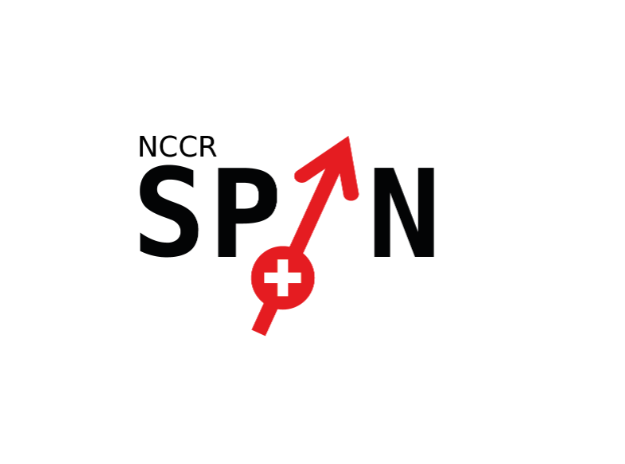In 2023, the landscape of quantum computing continues to expand with remarkable advancements. This article delves into the fascinating realm of quantum computing, exploring the leading types of quantum computers that exist today and shedding light on their unique architectures and potential applications.
What are Quantum Computers?
Quantum Computers have the potential to solve certain types of problems faster than classical computers. For example, they could eventually be used to solve optimization problems, simulate quantum systems or even factor large numbers, though they can’t do this yet.
But how do they work?
In contrast to a classical computer, a quantum computer uses the principles of quantum mechanics to perform certain types of computations more efficiently. It is important to note that, while classical computers store and process information using bits, which can either be 0s or 1s, quantum computers utilize quantum bits, or qubits, which can be in a superposition of 0s and 1s.
In quantum computers, qubits, which represent and manipulate information in quantum states, are the basic building blocks. In contrast to classical bits, which can only exist in one state at a time, qubits can exist in multiple probabilistic states. The quantum computer can perform simultaneous parallel computations on an enormous number of possibilities thanks to this property.
Quantum computing also relies on the concept of entanglement. In entanglement, two or more qubits are correlated in such a way that the state of one qubit is affected by the state of the other, regardless of the fact that they are physically separated.
5 Leading Types of Quantum Computers
Currently, there are a handful of different approaches to how quantum computers are developed and manufactured. All example companies listed are non-exhaustive. As we speak, the five leading qubit-type approaches are:
1. Superconducting
One of the most popular types of quantum computers is a superconducting qubit quantum computer. Usually made from superconducting materials, these quantum computers utilize tiny electrical circuits to produce and manipulate qubits. When using superconducting qubits, gate operations can be performed quickly.
Companies actively researching and manufacturing superconducting quantum computers include Google, IBM, IQM and Rigetti Computing to name just a few.
2. Photonic
These types of quantum computers use photons (particles of light) to carry and process quantum information, and there’s some nuance and complexity to how this works, which Richard Murray — CEO of photonic-based ORCA Computing — explains here in an exclusive interview with The Quantum Insider. For large-scale quantum computers, photonic qubits are a promising alternative to trapped ions and neutral atoms that require cryogenic or laser cooling.
There are dozens of companies working with photonic quantum computing technology. Some of these include Xanadu, ORCA Computing, Quantum Computing Inc and PsiQuantum.
Photonics is a very good example of how Photonics is a general category used to bucket quantum computers. Xanadu’s “squeezed light” approach is materially different from PsiQuantum’s approach, for example.
3. Neutral Atoms
Quantum computing based on neutral atoms involves atoms suspended in an ultrahigh vacuum by arrays of tightly focused laser beams called optical tweezers, though not all neutral atom companies use optical tweezers. Neutral atom quantum computers are less sensitive to stray electric fields, which makes them a good option for quantum processors.
A number of companies working with neutral (cold) atom quantum computing technology include Pasqal (merged with Qu&Co), Atom Computing, ColdQuanta, and QuEra.
4. Trapped Ions
A trapped ion quantum computer involves using atoms or molecules with a net electrical charge known as “ions” that are trapped and manipulated using electric and magnetic fields to store and process quantum information. As trapped ions can be isolated from their environment, they are useful for precision measurements and other applications requiring high levels of stability and control. Also, the qubits can remain in a superposition state for a long time before becoming decoherent.
Representing the trapped ions community of companies in the quantum space, we have Quantinuum (a company that came out of the merger between Cambridge Quantum Computing and Honeywell Quantum Solutions), IonQ, Quantum Factory, Alpine Quantum Technologies, eleQtron amongst others
5. Quantum Dots
A quantum dot quantum computer uses silicon qubits made up of pairs of quantum dots. In theory for quantum computers, such ‘coupled’ quantum dots could be used as robust quantum bits, or qubits.
Companies focused on this area include Diraq, Siquance and Quantum Motion.
Other Approaches
Other alternatives to building a workable type of a quantum computer include electrons on helium, NV diamond and the topological approach.
Read also:
- 5 Crucial Quantum Computing Applications & Examples
- Top 35 Open Source Quantum Computing Tools [2022]
- 15 Leading Quantum Computing Countries with National Initiatives
When Can We Expect the Rise of Commercial Quantum Computing?
Experts in the field predict that as quantum computing technology advances, the cost of quantum computing hardware will continue to decrease over time, making it more affordable for a wider range of businesses and organizations. Quantum computer prices will likely be affected by several important factors, including how advanced discoveries in the sector are made, market demand and competition among quantum computing companies.
Regarding technological advancement, the most advanced quantum computers currently available from companies like IBM and Google have hundreds of qubits. It may be necessary to increase qubit numbers to perhaps thousands or even millions in order to have any meaningful impact in the commercial sphere with this technology.
One clear roadblock to making progress is that some quantum computers, for example, superconducting quantum computing, requires complex cooling systems to keep the qubits at low temperatures for proper operation, as well as reliable error correction systems. Problems like these create a scenario where there is no exact timeframe for when quantum computers will be commercially available, though many industry thought leaders are placing their bets that practical applications for the technology will emerge within the next ten to twenty years.
Conclusion
Quantum computers require expertise in physics, engineering and computer science, among other fields. Different types of quantum computers discussed above all have their advantages and disadvantages, and each is the subject of ongoing research and development. In order to build a quantum computer, one must consider a number of factors, including the specific problem that needs to be solved, the available resources, and the technological advancements at a given time.
To end, we should turn to an expert in the space, John Preskill, a Caltech faculty member and Richard P. Feynman Professor of Theoretical Physics and the Allen V. C. and Lenabelle Davis Leadership Chair for the Institute for Quantum Information and Matter, who was interviewed in 2022 by the Caltech Science Exchange. On how long we will have to wait for a quantum computer to do something useful, his response was an honest one:
“Well, it depends on what you want. We’re at a very early stage of the development of quantum computers, but even now, from a scientific perspective, the quantum computers we already have are empowering. They enable us to explore the behavior of complex quantum systems in ways that we’ve never been able to before, and that will fuel scientific discovery over the next five or 10 years. But for widespread practical impact, I think a reasonable estimate is decades or more than 10 years.”
If you found this article to be informative, make sure to explore more of the current quantum technology news here. If you would like to explore enterprise end users of quantum in more detail, you should check out our dedicated market intelligence platform.
Featured image: Chip ion trap for quantum computing at NIST.
For more market insights, check out our latest quantum computing news here.


